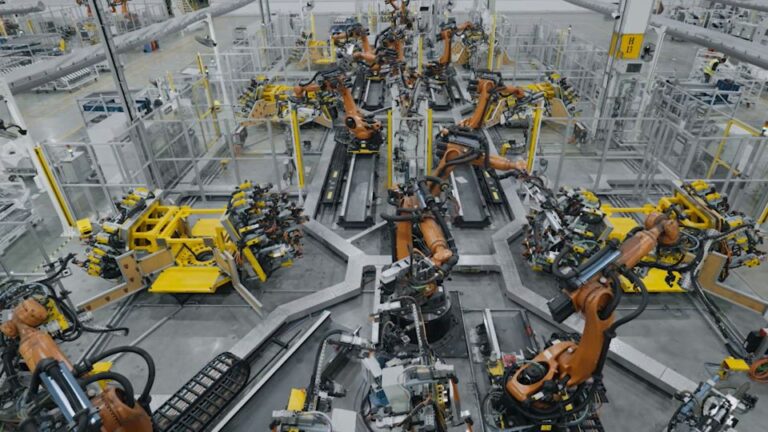The technology, described by some commentators as a bridge to 6G, is expected to be commercialized by Huawei this year.
Huawei’s 5.5G enterprise solution not only appeals to the consumer market, but also targets enterprises that are reluctant to use mobile networks in industrial environments, preferring to use Wi-Fi instead.
In the industrial sector, 5G is being applied to applications such as machine vision and remote control. According to Wu Hekwan, director of the China Internet Association Advisory Board and the China Standardization Expert Committee, industrial applications require larger uplinks, lower latency, higher determinism, higher security, and more They say they need higher reliability, larger-scale connectivity, and more accurate positioning. , lower power consumption.
5.5g addresses these concerns by delivering 10 times faster speeds than 5G, with peak uplink rates of 1 Gbps and downlink rates of 10 Gbps. According to Wu, 5.5G also improves his three features of 5G: enhanced mobile broadband, ultra-reliable low-latency communication, and large-scale machine-type communication. states.
Learn more about communication
Speaking at Huawei’s 5G Beyond Growth Summit at MWC Barcelona 2024 in February, Alexander Lehmann, senior director of innovation and development at Swiss telecom company Sunrise, said: 5G has not yet reached it. This is where 5.5G comes in and will propel us into other areas. ”
Huawei said it has already helped carriers launch 5.5G commercial validation and testing in more than 20 cities around the world. The Middle East has formed a general consensus on 5.5G development, with all six Gulf Cooperation Council (GCC) countries completing validation of 5.5G 10Gbps speeds and fostering new services such as passive IoT.
Three major carriers in mainland China have begun rolling out 5.5G networks in major cities and are considering services for connected people, goods, vehicles, industry, and homes. In Hong Kong, the operator has also completed the testing and validation of his 5.5G 10Gbps rate in C-band and mmWave and has started offering 5.5G FWA services.
In Europe, a Finnish operator has completed 5.5G technology validation on commercial networks, achieving peak rates of over 10Gbps and validating passive IoT technology. In Germany, Huawei also said that carriers operating in the 6GHz band are using multi-carrier technology to achieve peak rates of 12Gbps.
Li Peng, Huawei’s Corporate Senior Vice President and President of ICT Sales and Services, said, “We are rapidly approaching an intelligent world. With the increasing demand for networks, 5.5G is the path to an intelligent world. “This is an important step towards achieving this goal.” 5.5G is expected to be commercially available in 2024. ”


